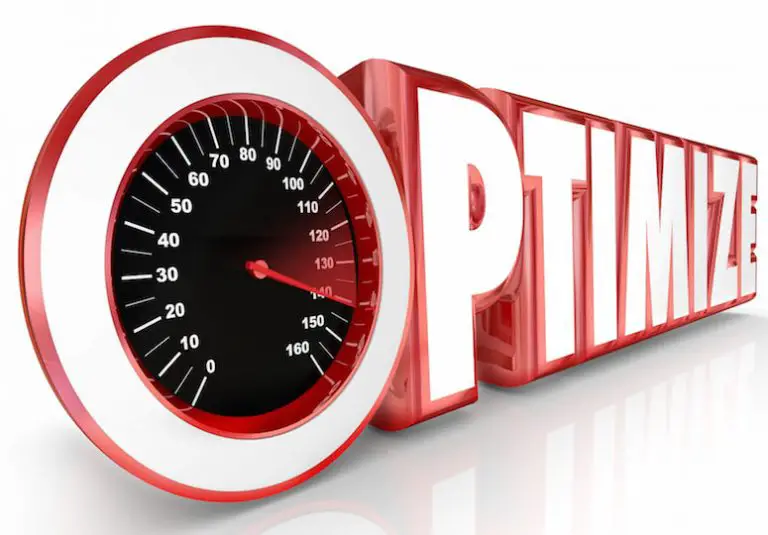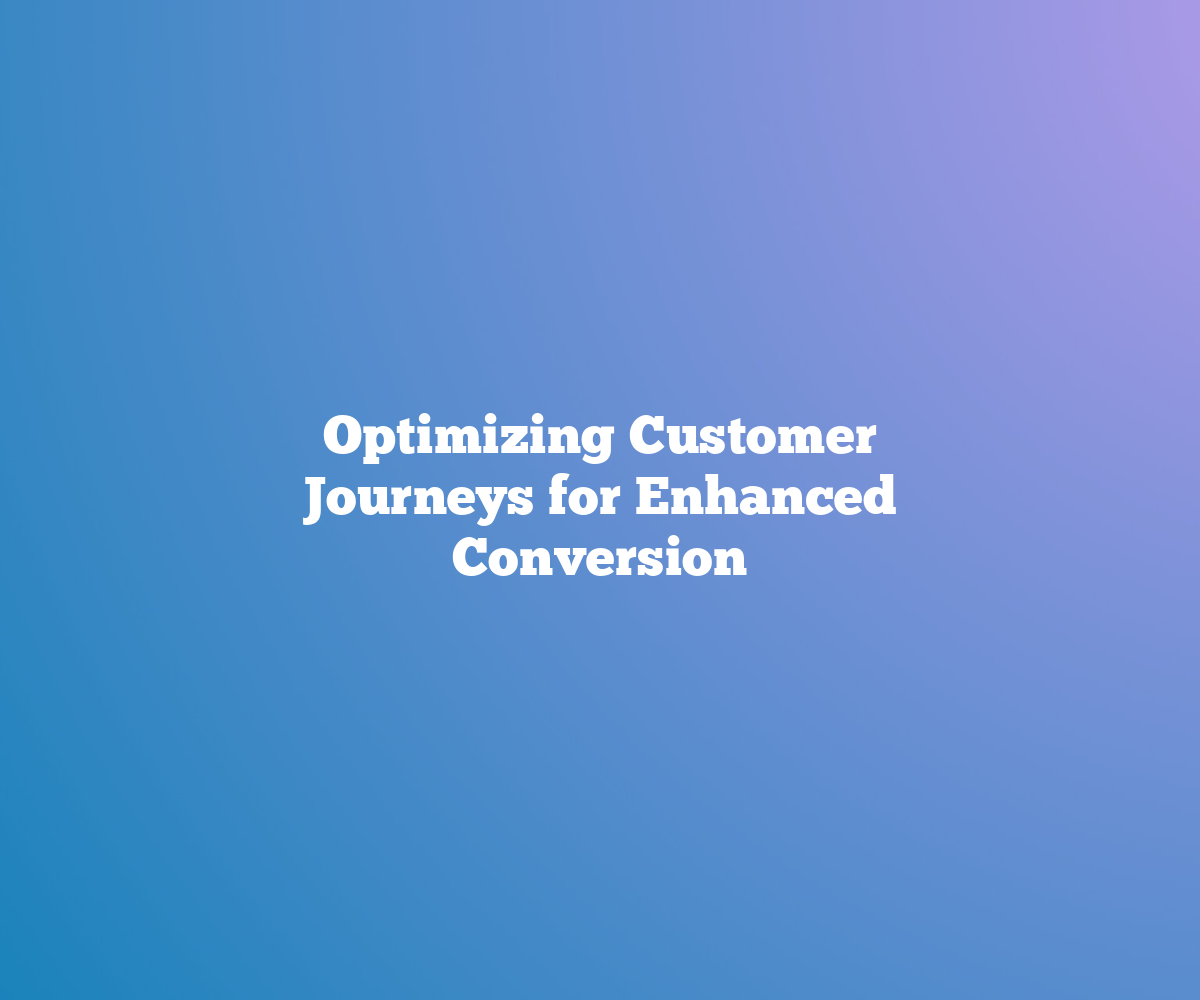Optimizing CDN Usage for Enhanced E-commerce Customer Journeys

Executive Summary

In today’s competitive e-commerce landscape, delivering a seamless and optimized customer journey is crucial for success. One critical aspect of this is leveraging a content delivery network (CDN) to ensure fast and reliable content delivery, regardless of geographical location. This article provides comprehensive guidance on optimizing CDN usage to enhance the e-commerce customer experience.

Introduction
A CDN is a geographically distributed network of servers that cache website content and deliver it to users based on their location. By doing so, CDNs significantly reduce latency and improve page load speeds, resulting in a better user experience and increased conversion rates.
FAQs
Q: What are the benefits of using a CDN?
A: CDNs provide numerous benefits, including:
- Reduced latency: Distance between the user and the server can significantly impact page load speeds. CDNs reduce latency by caching content on servers closer to users.
- Improved availability: CDNs ensure content availability even during peak traffic or server issues by distributing content across multiple servers.
- Increased security: CDNs can protect websites from DDoS attacks and other malicious traffic by filtering out malicious requests.
Q: How do I choose the right CDN provider?
A: Consider the following factors when selecting a CDN provider:
- Network coverage: Ensure the CDN has servers in key geographical regions to reach your target audience.
- Performance: Evaluate the CDN’s performance metrics, such as latency and availability, to ensure reliable delivery.
- Features: Consider additional features offered by the CDN, such as DDoS protection, image optimization, and video streaming capabilities.
Q: How do I implement a CDN?
A: Implementing a CDN typically involves three steps:
- Choosing a provider: Select a CDN provider based on the factors discussed above.
- Configuring your content: Configure your website to point to the CDN’s servers for specific types of content (e.g., images, videos).
- Monitoring and optimization: Regularly monitor CDN performance and make necessary adjustments to optimize delivery.
Top 5 CDN Optimization Subtopics
1. Content Caching
- CDN caching strategies: Choose the right caching strategy (e.g., browser caching, CDN caching) based on content type and usage patterns.
- Cache invalidation: Implement mechanisms to invalidate cached content when updates are made to ensure users receive the latest version.
- Purge cache: Remove specific files or entire directories from the CDN cache when necessary (e.g., for security reasons).
2. Image Optimization
- Image compression: Use image compression techniques (e.g., JPEG, PNG) to reduce file size without sacrificing quality.
- Lazy loading: Implement lazy loading to defer loading of images until they are visible in the viewport, improving page load speeds.
- WebP support: Enable the use of next-generation image format (WebP) for faster loading and reduced bandwidth usage.
3. Video Streaming
- Adaptive bitrate streaming: Adjust video quality dynamically based on network conditions, ensuring smooth playback for users on different connections.
- Content delivery network: Use a CDN specifically designed for video streaming to optimize delivery and reduce buffering.
- Video player optimization: Optimize video player settings and codecs for best performance on different devices and browsers.
4. Security and Performance
- Security: Implement security measures (e.g., DDoS protection, SSL encryption) to safeguard CDN content from malicious attacks.
- Performance monitoring: Continuously monitor CDN performance (e.g., latency, uptime) to identify and address any issues promptly.
- CDN analytics: Utilize CDN analytics to track key metrics and optimize delivery based on usage patterns and user behavior.
5. Integration with E-commerce Platforms
- Magento CDN integration: Integrate the CDN with Magento to optimize delivery of product images, videos, and other website content.
- Shopify CDN integration: Leverage CDN integration with Shopify to improve page load speeds and enhance the shopping experience.
- WordPress CDN integration: Optimize WordPress websites by integrating a CDN for faster content delivery and improved performance.
Conclusion
Optimizing CDN usage is essential for e-commerce businesses to provide a seamless and engaging customer journey. By implementing the strategies and techniques discussed in this article, businesses can significantly improve page load speeds, enhance content delivery, and ultimately increase conversion rates and customer satisfaction. Regular monitoring and ongoing optimization efforts are crucial to maintain peak performance and ensure a positive user experience.
Relevant Keyword Tags
- Content Delivery Network (CDN)
- E-commerce Optimization
- Website Performance
- Image Optimization
- Video Streaming
